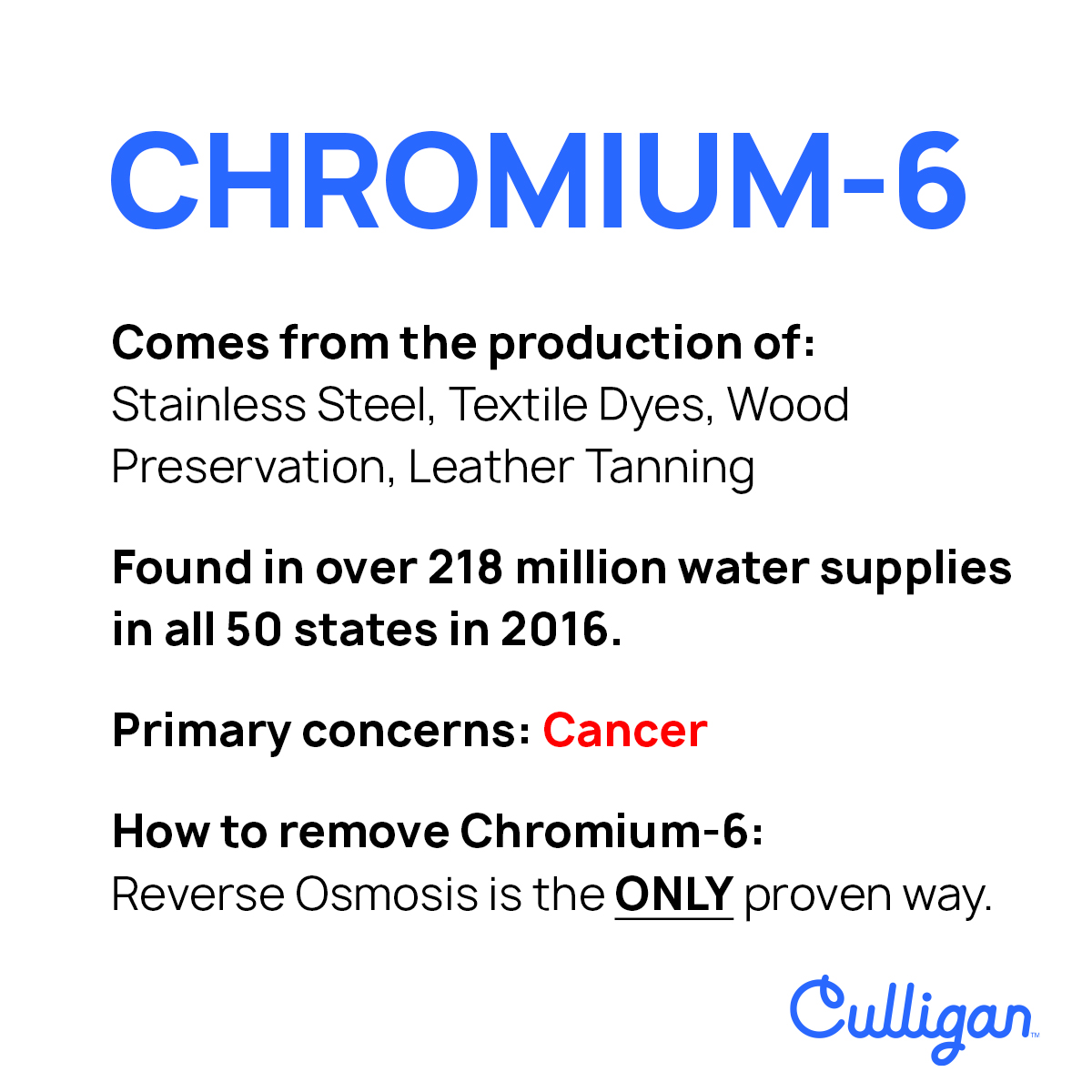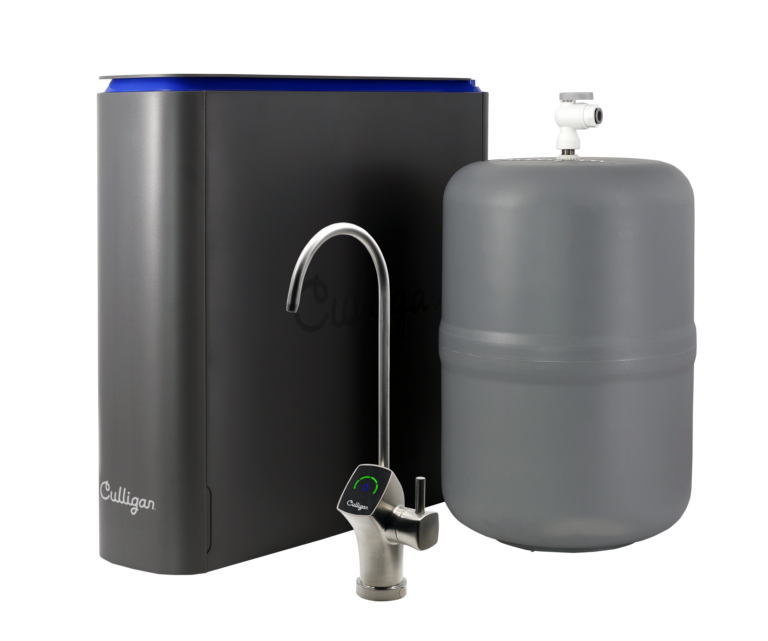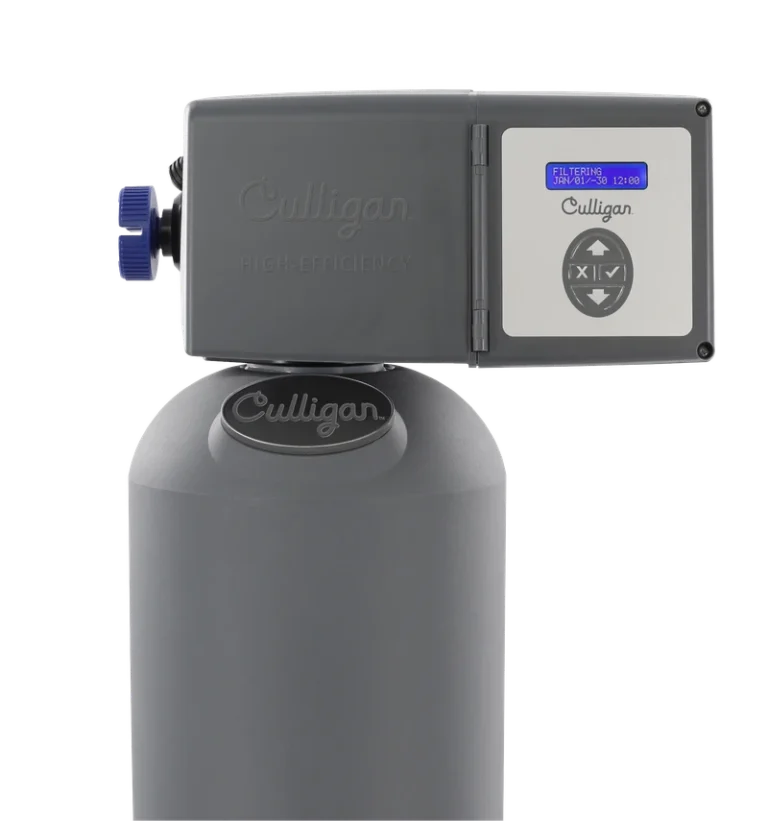Chromium-6 In Your Tampa Bay Area Water
Chromium-6, also known as hexavalent chromium, is an unstable and toxic form of the element chromium that occurs naturally in the environment. Although trace amounts of chromium can be found in soil and water, human activities such as industrial processes, waste disposal, and chemical compounds have led to elevated levels of chromium-6 in some regions.
According to the Environmental Working Group (EWG), the Tampa Bay area’s Chromium-6 contamination level is 3.8 times above the EWG’s Health Guideline. The utility’s most recently reported level from the EWG was .0769 parts per billion (ppb), while the EWG Health Guideline is .02 ppb.
The issue of chromium-6 contamination in Tampa Bay water has raised significant public concern. Various studies and reports have indicated the presence of this toxic substance in local water supplies. As residents rely on these sources for drinking and cooking, the implications of contamination can be dire.

Why Choose Tampa Culligan for Chromium-6 Removal?
When it comes to protecting your home from dangerous contaminants like chromium-6, Tampa Culligan leads the way with powerful, proven solutions. Our reverse osmosis and whole-house filtration systems are engineered to target heavy metals and deliver cleaner, safer water to every faucet. With free water testing, expert analysis, and customized treatment plans designed for Tampa’s unique water conditions, Culligan gives you control over your water quality—and peace of mind with every glass.
Solutions
Products to Remove Chromium

Aquasential® Smart Reverse Osmosis Drinking Water Filtration System
- 2-in-1 sediment and carbon filter screens out sediment and particles, reducing elements that cause water to taste and smell unpleasant, including the taste and odor of chlorine.
- Reduces dissolved substances such as radium, arsenic V, and many others. Various capacity membranes available.
- Optional specialty filters available providing a range of benefits including pH balance or the reduction of additional substances such as VOC, pharmaceuticals and mercury.
- A second carbon filter ensures your drinking water is cleaner and fresh.
- Manifold assembly molded using SteriTouch® resin, the patented single manifold ensures reliability and houses four separate filters.
- Premium metal construction faucet has water quality alerts and filter life indicators in an easy to read display.
- Durable, high-quality jacketed steel tank.

Aquasential™ Smart High Efficiency Whole House Water Filters
Reduce sediments in your water and contaminants that cause your water to appear, taste, and smell unpleasant. Your system can also lessen the taste and odor of chlorine, and prevent pipe damage and staining from low pH water. Additional customizations include:
- Culligan® Filtr-Cleer® Water Filters – Reduces Sediment Problems
- Culligan® Cullar® Water Filters – Reduces Taste and Odor Problems
- Culligan® Cullneu Water Filters – Reduces Acid Problems
How to Remove Chromium-6 From Your Drinking Water With Culligan
Culligan offers several water treatment solutions that can effectively reduce or remove chromium-6 from tap water. Here are some of the products and systems that can help address this contaminant:
- Culligan Reverse Osmosis Systems: These systems utilize a multi-stage filtration process that can remove various harmful contaminants, including heavy metals such as chromium-6, from drinking water. The reverse osmosis process effectively filters out impurities, providing clean and safe drinking water.
- Culligan Whole House Water Filtration Systems: Some whole-house systems are designed to target specific toxic contaminants, including heavy metals. These systems can provide filtered water for all outlets in the home, ensuring that chromium-6 is reduced throughout the household.
- Culligan Water Softeners: While primarily designed to remove hardness from water, some softeners can also help reduce certain heavy metals. However, it is essential to pair them with additional filtration methods specifically targeting chromium-6 for optimal results.
What is Chromium-6?
Hexavalent chromium is a type of the metallic element chromium. Chromium occurs naturally in rocks, animals, plants, soil, and volcanic dust and gasses. It exists in various forms, including trivalent chromium and hexavalent chromium. Compounds of chromium, such as hexavalent chromium, are commonly utilized in electroplating, stainless steel production, leather tanning, textile manufacturing, and wood preservation. The United States is among the top producers of chromium compounds in the world.
How Does Chromium-6 Enter Your Tampa Water Supply?
Chromium-6 can enter your drinking water through various pathways, posing risks to public health. Understanding these pathways is critical to addressing the contamination issue effectively. Here are the main sources of chromium-6 in Tampa’s water supply:
- Industrial Discharges: One of the primary contributors to chromium-6 contamination in water systems is industrial activities. Factories involved in metal finishing, manufacturing, and tanning processes are known to use chromium compounds. If these facilities do not properly manage their waste, chromium-6 can leach into nearby water sources.
- Natural Occurrences: Chromium is a naturally occurring element in the environment, and certain geological formations contain chromium-6. As rainwater seeps through these mineral-rich soils or rocks, it can dissolve the chromium and carry it into groundwater, which may eventually flow into Tampa’s drinking public water systems.
- Leaking Landfills: Landfills that contain chromium-based waste can also be a significant source of contamination. Over time, leachate—the liquid that has passed through waste materials—can leach chromium-6 into surrounding soil and water, especially if the landfill lacks appropriate containment measures.
- Agricultural Runoff: In some cases, agricultural runoff can contribute to chromium-6 levels in the water supply. The use of certain fertilizers and pesticides that contain chromium compounds may result in elevated levels entering water bodies near agricultural areas.
- Pipe Corrosion: Aging infrastructure can also play a role in chromium-6 contamination. If water pipes corrode, they may leach chromium compounds into the water supply, particularly if the water has high levels of acidity or other corrosive elements.
The Tampa Water Department faces complex challenges regarding chromium-6 contamination. Whether through industrial discharges, natural geology, landfill leakage, agricultural runoff, or aging infrastructure, understanding how chromium-6 enters the public water system is vital for local authorities and residents. Awareness of these sources can help promote better management practices and underscore the importance of regular water quality testing to safeguard public health.
How do I know If I have Chromium-6 in My Home’s Tap Water?
To find out if there is chromium-6 in your tap water through Culligan, you can follow these steps:
- Request a FREE Water Test: You can schedule a free water test right now!
2. Review the Results & Discuss Solutions: Once the analysis is complete, our team will provide you with the results. We will go over the levels of any contaminants found in your water supply. From here, our water expert will then suggest what the best solution is for your home.
How Often Should I Test My Water for Chromium-6
If you’re concerned about chromium-6 contamination, it’s recommended to test your water at least once a year. If you use well water or live near potential contamination sources, more frequent testing may be advisable.
Health Effects of Chromium-6 Contamination
According to the Agency for Toxic Substances and Disease Registry, Hexavalent chromium (chromium-6) contamination poses several serious health risks, which can include:
- Cancer Risk:
Studies have shown that exposure to chromium-6 can increase the risk of cancer, particularly stomach and intestinal tumors in laboratory animals. The National Toxicology Program found significant evidence of cancer development in rodents exposed to high levels of chromium-6 in drinking water.
- Gastrointestinal Issues:
Ingestion of chromium-6 can lead to a range of gastrointestinal symptoms, including oral ulcers, diarrhea, abdominal pain, indigestion, and vomiting, as concluded by the EPA’s toxicological review.
- Hematological Changes:
Exposure to chromium-6 may result in leukocytosis (an increase in white blood cells) and the presence of immature neutrophils, indicating a potential response to stress or infection.
- Liver Damage:
Chronic exposure to chromium-6 has been associated with liver damage, which can impair the organ’s ability to function properly and detoxify the body.
- Reproductive System Impacts:
Chromium-6 exposure can adversely affect reproductive health, leading to complications such as decreased fertility or developmental issues in offspring.
- Growth and Developmental Issues:
In laboratory studies, chromium-6 exposure has been linked to lower body weight and delayed skeletal development in the offspring of exposed animals, raising concerns about its impact on human fetal development.
- Other Health Complications:
While less commonly reported, chronic exposure can lead to various other health issues, kidney damage including skin rashes, and other dermatological problems.
Due to these potential health effects, limiting exposure to chromium-6 in drinking water is crucial, especially in areas where contamination from industrial activities or natural deposits is present.
Is Chromium-6 More or Less Likely to Be Found in Well Water?
Chromium-6 can be found in both public drinking water systems and private well water, but certain factors can make it more prevalent in well water. Here’s a closer look at the circumstances surrounding chromium-6 contamination in well water versus municipal sources:
Private well water is often not subjected to the same rigorous monitoring and testing standards as municipal water supplies. As a result, residents relying on well water may be unaware of potential chromium-6 contamination unless they proactively test their water.
To ensure the safety of drinking water from private wells, you can schedule an EPA-approved test today!
Communities that rely on well water may also be at a greater risk due to agricultural runoff or residential practices that introduce pollutants into the groundwater, leading to increased concentrations of chromium-6.
The likelihood of finding higher levels in well water is often greater due to natural occurrences and the lack of regular testing. Therefore, well owners should conduct periodic testing of their water supply to ensure safety and compliance with health guidelines.
How Do You Know if Your Water is Contaminated with Chromium-6?
Chromium-6 contamination has been found in 50 states in the U.S. Over eight thousand water utilities have been affected, meaning 71 million people have been exposed to chromium-6 contamination in the U.S., according to the EWG.
Like many other metallic elements, it is odorless and tasteless when dissolved in water.
If you live near any kind of industrial manufacturer or processor, or if you live in an area that is contaminated with chromium-6 in the past the best way to determine if it’s affecting you and your home is through a water test.
Button: Get a Well Water Test Today!
And while a certain trace amount of total chromium is allowable, and even safe, in water supplies the legal limit for chromium-6 in drinking water is 0.02 parts per billion (ppb). If your test results return anything above that, you’ll want to consider a solution to remove it.
If you are concerned about chromium-6 in your tap water, it is advisable to have your water tested and consult with our team of experts.
Is Tampa Tap Water Safe to Drink?
As residents of Tampa Bay rely heavily on their tap water for hydration and daily activities, concerns surrounding chromium-6 contamination raise important questions about its safety. Chromium-6, or hexavalent chromium, is a potent carcinogen linked to various health issues, particularly when ingested over extended periods. Understanding its presence in local water systems is crucial for public health and safety.
Assessing Local Water Quality in Tampa, FL
The Tampa Bay Water utility has maintained compliance with federal and state drinking water standards. However, it has been found that chromium-6 may still appear in trace amounts due to the complex nature of water sources and distribution systems. In Tampa Bay, the primary sources of drinking water are groundwater from the Florida Aquifer and surface water from local sources.
Public water systems are required to conduct regular testing for 80 regulated contaminants, including total chromium. Unfortunately, many tests do not differentiate between trivalent and hexavalent chromium, potentially masking the presence of chromium-6.
What Contaminants are in Tampa’s Tap Water?
In addition to chromium-6, Tampa’s tap water can contain a range of other contaminants, which can vary based on factors such as seasonal weather changes, industrial activities, and agricultural runoff. Tampa’s tap water contains unregulated contaminants, contaminants that have known health effects, and contaminants that produce aesthetic issues. The principal contaminants of concern often include:
- Chlorine
- Total Dissolved Solids (TDS)
- Uranium
- Radium
- Sodium
- Bromate
- Haloacetic acids (HAA5)
- PFAS
- Total trihalomethanes (TTHMs)

Facebook